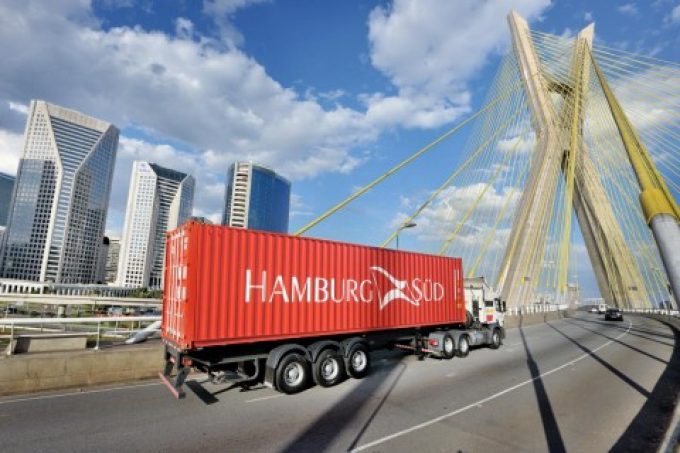Overcapacity looms for ocean trades – with more blanked sailings inevitable
Notwithstanding the possible effects of the US tariffs on global container trades, the box lines ...

Relentless pressure on costs has forced shipping lines to embrace the wave of digitisation sweeping the ocean container freight industry.
Frank Smet, chief commercial officer at Hamburg Süd, told delegates at the keynote session of the TOC Americas Container Supply Chain conference in Cartagena yesterday that the only way to reverse the carrier industry’s eroding margins was to eliminate the additional costs it often needlessly incurred.
And the best way of achieving that was through digitisation, he added.
“We need to take out ...
Asia-USEC shippers to lose 42% capacity in a surge of blanked sailings
USTR fees will lead to 'complete destabilisation' of container shipping alliances
Outlook for container shipping 'more uncertain now than at the onset of Covid'
New USTR port fees threaten shipping and global supply chains, says Cosco
Transpac container service closures mount
DHL Express suspends non-de minimis B2C parcels to US consumers
Zim ordered to pay Samsung $3.7m for 'wrongful' D&D charges
Flexport lawsuit an 'undifferentiated mass of gibberish', claims Freightmate


Comment on this article
Gary Ferrulli
October 30, 2019 at 3:01 pmDigitization is a cost savor IF first there is a process review and refinement/improvement, then the technology required to support the more efficient process. But in relative terms, the costs associated with those processes where digitization can be used vs the operational costs associated with an ocean carriers are relatively minor. Example, when Sea-Land digitized in the mid-1990’s we saved about $21. Million a year on a $60. million investment. At the time we were a $5. Billion in total revenue and were making between $150. and $300. Million a year in operating income. The $21. Million was significant, but not what kept the company going. And it won’t save HMM, Yang Ming, Cosco etc, their respective governments have and will.